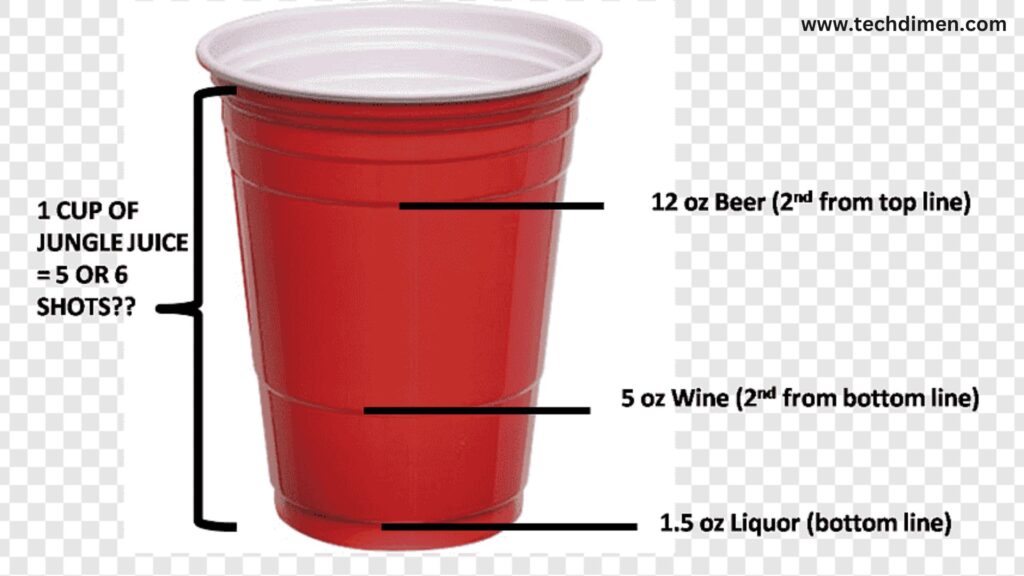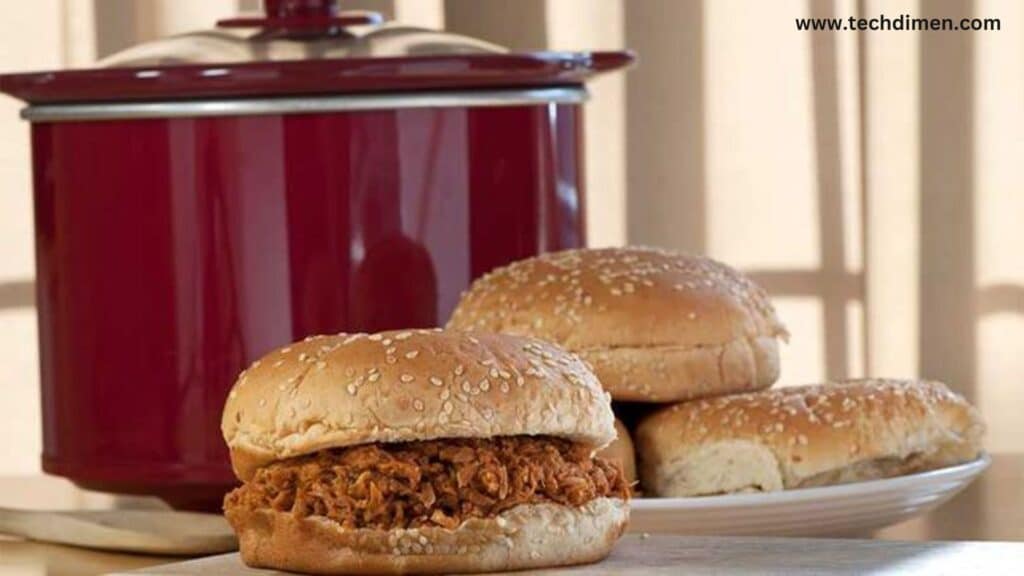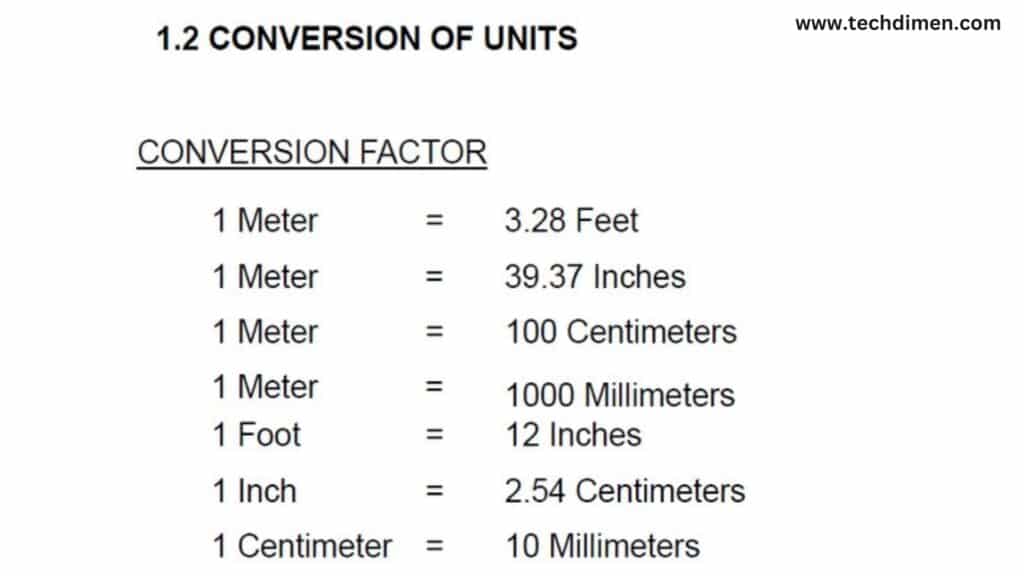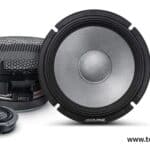When you’re cooking a favorite recipe, brewing the perfect cup of coffee, or tracking your daily water intake, understanding how to convert 8 oz to ml can make a huge difference. This simple conversion plays a vital role in both everyday life and technical fields like nutrition, science, and baking. This guide provides you with accurate information, useful tables, and practical tips so you never have to guess again.
What Is 8 oz in ml? A Precise and Practical Explanation
When someone asks, “What is 8 oz in ML ? they’re usually referring to fluid ounces, which measure volume, not weight. So let’s break it down in the most accurate and useful way.
The Exact Conversion
In the United States customary system, 1 fluid ounce (fl oz) is precisely:
1 US fl oz = 29.5735 milliliters (ml)
So, to find out how many milliliters are in 8 ounces, you multiply:
8 × 29.5735 = 236.588 ml
Rounded to two decimal places, this equals 236.59 ml.
This is the most accurate answer and is used in professional kitchens, laboratories, medical dosing, and science fields.
Why 236.59 ml and Not 237 ml?
You may see 8 oz often rounded up to 237 ml, especially in casual recipes, nutritional guidelines, or on packaging. This is for convenience. Rounding makes it easier to read and remember. However, if you’re dealing with precise measurements such as in baking, pharmaceuticals, or lab work always stick with 236.59 ml.
Fluid Ounces vs Dry Ounces

One of the most common mistakes is confusing fluid ounces (volume) with dry ounces (weight).
- Fluid ounces measure how much space a liquid takes up.
- Dry ounces measure the mass or weight of a solid.
So 8 fluid ounces of water = 236.59 ml
But 8 dry ounces of sugar = about 226 grams (and the ml value depends on the sugar’s density).
If your recipe says 8 oz of liquid (like milk, water, juice, or oil), it’s safe to assume it means fluid ounces, not weight.
A Quick Reference Table
| Fluid Ounces | Milliliters |
|---|---|
| 1 fl oz | 29.57 ml |
| 4 fl oz | 118.29 ml |
| 8 fl oz | 236.59 ml |
| 12 fl oz | 354.88 ml |
| 16 fl oz | 473.18 ml |
This is a helpful cheat sheet for cooking, meal planning, or working with metric-based systems.
US Ounces vs UK (Imperial) Ounces
Things get a bit tricky when you bring the Imperial system into the picture.
- US 1 fl oz = 29.5735 ml
- UK (Imperial) 1 fl oz = 28.4131 ml
So 8 UK fluid ounces = 227.3 ml, not 236.59 ml.
This difference matters if you’re:
- Using recipes from the UK, Canada, or Australia
- Reading nutritional information on international packaging
- Working with medical dosages or lab results from a different country
Always check which system the original measurement is using. If it’s US, 8 oz = 236.59 ml. If it’s UK, 8 oz = 227.3 ml.
What Does 8 oz Look Like?
8 fluid ounces equals 1 US cup. So visually:
- A standard kitchen measuring cup = 8 fl oz = 236.59 ml
- A small coffee mug often holds about 8 oz
- A glass of water is commonly served in 8 oz portions
This makes it easier to estimate volume even without a digital scale or measuring tools.
Can You Use This for Any Liquid?
Yes, this conversion applies to any fluid, whether it’s:
- Water
- Milk
- Coffee
- Juice
- Oil
- Syrup
Just remember, even though the volume stays constant, the weight (in grams) of those liquids will vary depending on their density.
For example:
- 8 oz of water = 236.59 ml = 236.59 grams
- 8 oz of honey = 236.59 ml ≈ 340 grams (since honey is denser than water)
Real World Use Case
Let’s say you’re reading a smoothie recipe that calls for 8 oz of almond milk, but your measuring cup only shows metric units. Knowing that 8 oz = 236.59 ml, you can fill your cup to just a bit below the 240 ml mark for an accurate pour.
Or imagine a doctor tells you to drink 8 oz of water every hour. That’s just under 237 ml per hour. If you’re outside the US using a bottle labeled in milliliters, now you know how much to drink.
Summary

8 oz in ml = 236.59 milliliters (in the US system)
Here’s why it matters:
- It’s essential for converting recipes, medical dosages, and scientific data
- It prevents costly or unhealthy mistakes caused by mismeasurement
- It helps with international cooking and understanding product labels
Always be clear whether you’re dealing with US or UK fluid ounces, and use milliliter conversions wisely depending on your use case.
Want a quick estimate? Round up and use 237 ml for 8 oz.
Need precision? Stick to 236.59 ml.
This is the definitive, practical, and real-world answer to What is 8 oz in ml?
Let me know if you’d like this section integrated into a longer article or expanded into a printable conversion chart.
US vs UK Fluid Ounces: Key Differences
US Fluid Ounce
In the United States, a fluid ounce is part of the US customary system, which is based on the gallon measurement from the 18th century.
- 1 US fluid ounce = 29.5735 milliliters (ml)
- A US gallon equals 128 US fluid ounces, or 3.785 liters.
The US system is used for most everyday liquid measurements in the country, including beverages, cooking, and health-related measurements.
UK Fluid Ounce
In the United Kingdom, the measurement for fluid ounces follows the Imperial system which has roots in the British Empire’s measurement standards. It differs slightly from the US system.
- 1 UK fluid ounce = 28.4131 milliliters (ml)
- A UK gallon equals 160 UK fluid ounces, or 4.546 liters.
The Imperial system is still in use for many types of measurements in the UK, particularly in contexts related to old British standards, such as pints of beer or liquid measurements in some food recipes.
The Key Difference: Volume
- US fluid ounce: 29.5735 ml
- UK fluid ounce: 28.4131 ml
As you can see, the US fluid ounce is slightly larger than the UK fluid ounce about 1.16 ml more per fluid ounce.
This small difference can be crucial in precise measurements, especially when following recipes, medical instructions, or scientific data. While the difference may seem insignificant at first glance, in large volumes, it can add up quickly.
When Does This Matter?
In Cooking and Recipes

- US Recipes: When following US-based recipes, the quantities listed will be in US fluid ounces, meaning that 8 oz in the US is equivalent to 236.59 ml.
- UK Recipes: If you’re using a UK recipe, 8 oz is closer to 227.3 ml, which is slightly less than the US version.
In many cases, the difference in fluid ounce measurements is small, but if you’re baking or working with precise recipes, even a few milliliters can affect the outcome.
In Beverages
- A US pint is 16 fl oz or 473.18 ml, while a UK pint is 20 fl oz or 568.26 ml.
- When drinking a pint of beer in the UK, it will actually contain more liquid than a pint of beer in the US.
In International Measurements
- Medical Dosing: The difference in fluid ounce measurement is often very important in medicine. If you are prescribed a liquid medication, it’s important to know whether it’s based on US or UK fluid ounces, as it can affect the accuracy of the dosage.
- International Products: Be careful when purchasing liquid products online or abroad. For example, a bottle of wine or milk marked as “8 oz” in the US will be 236.59 ml, while the same label in the UK will mean 227.3 ml. This can affect your calculation of how much to use or consume.
Conversion Table: US vs UK Fluid Ounces
| Measurement | US Fluid Ounce (fl oz) | UK Fluid Ounce (fl oz) | Milliliters (ml) |
|---|---|---|---|
| 1 fl oz | 1 | 1 | 29.5735 (US) / 28.4131 (UK) |
| 8 fl oz | 8 | 8 | 236.59 (US) / 227.3 (UK) |
| 16 fl oz | 16 | 16 | 473.18 (US) / 454.6 (UK) |
| 1 pint | 16 fl oz | 20 fl oz | 473.18 (US) / 568.26 (UK) |
| 1 gallon | 128 fl oz | 160 fl oz | 3.785 L (US) / 4.546 L (UK) |
Why Does This Difference Exist?
The US customary system and the Imperial system have evolved separately over centuries, influenced by different historical sources. In the early 18th century, the British Imperial system was standardized based on the measurements used in England, while the US customary system drew from a blend of both British measurements and measurements used by the colonists.
As a result, some liquid measurements are slightly different between the two systems, and the volume of a fluid ounce became one of those differences.
Fluid vs Dry Ounces
A common mistake in the kitchen is confusing fluid ounces with dry ounces. They are not interchangeable, as they measure different things. Fluid ounces are a measure of volume, while dry ounces measure weight. For instance, 8 fluid ounces of milk is about 236.59 ml, but 8 dry ounces of flour will weigh around 227 grams depending on how it’s packed and scooped.
Always use the right type of measuring cup. Use clear liquid measuring cups for ingredients like water, juice, or oil. Use dry measuring cups for ingredients such as flour, sugar, or oats. Accuracy in these details can make or break a recipe, especially in baking.
How to Convert 8 oz to ml Without a Calculator
The formula for converting fluid ounces to milliliters is simple:
Milliliters = Ounces × 29.5735
Using this, we get 8 oz × 29.5735 = 236.588 ml.
If you don’t have a calculator handy, here’s a helpful mental trick: multiply the number of ounces by 30, then subtract about 2 percent to get a rough but close estimate. So for 8 oz: 8 × 30 = 240, and 2% of 240 is about 4.8. Subtract that to get 235.2 ml close enough for most recipes.
Ounces to Milliliters Conversion Chart
Here’s a quick reference table for some of the most common conversions.
| Ounces (oz) | Milliliters (ml) |
|---|---|
| 1 oz | 29.57 ml |
| 2 oz | 59.15 ml |
| 4 oz | 118.29 ml |
| 8 oz | 236.59 ml |
| 12 oz | 354.88 ml |
| 16 oz | 473.18 ml |
| 32 oz | 946.35 ml |
This chart is especially useful for anyone dealing with recipes, drink sizes, or baby bottles, where precision matters.
Visual Guide: What Does 8oz Look Like?
Sometimes, you just need to eyeball it. A typical 8oz measurement is roughly equivalent to a standard drinking glass or a small coffee mug. If you’re using a kitchen measuring cup, 8 fluid ounces is the same as 1 cup in US measurements. These visual cues can be helpful when you don’t have milliliter markings or digital scales handy.
In Cooking and Recipes
In the United States, yes. One cup is defined as 8 US fluid ounces, which equals about 236.59 ml. However, cup sizes vary globally. In the UK, a cup is usually considered 284 ml, while in Australia and Canada, it’s often 250 ml. That’s why recipes from different countries may yield unexpected results if you don’t adjust the measurements.
If you’re following an American recipe, 8 oz equals 1 cup. If the recipe is British, then the cup size is likely larger, and you’ll need to convert accordingly.
Online Tools to Convert 8 oz to ml
If you’re in a hurry or need absolute precision, online tools can help. Websites like ConvertUnits.com and Omni Calculator offer quick and reliable converters. Just enter “8 oz” and they’ll instantly provide the milliliter equivalent. Some even allow for conversions based on ingredient type, which is useful when dealing with dry goods or oils that may have different densities.
Common Related Conversions

Besides 8 oz to ml, here are other useful conversions often needed in cooking and daily measurements:
| Ounces (oz) | Milliliters (ml) |
|---|---|
| 4 oz | 118.29 ml |
| 12 oz | 354.88 ml |
| 16 oz | 473.18 ml |
| 32 oz | 946.35 ml |
These conversions cover everything from a half cup of milk to a full liter of soup, helping you adjust serving sizes or scale recipes with ease.
Frequently Asked Questions
Many people wonder if 8oz equals 250 ml. It does not. The correct conversion is 236.59 ml, but many recipes round up to 240 ml or even 250 ml for convenience. While this won’t usually ruin your dish, precision can matter in baking or lab settings.
Others ask whether 8 oz is too much for a serving. That depends on what you’re measuring. For water, 8 oz is often recommended as a healthy serving size. For things like syrup or high-fat liquids, 8 oz may be more than needed.
If you’re using a baby bottle or tracking liquid intake for health reasons, it’s important to be as accurate as possible. Use marked containers or digital kitchen scales that support fluid ounces and milliliters to avoid confusion.
Why Accuracy in 8 oz to ml Conversion Matters
Precision matters more than people realize. In baking, a slight variation in liquid can drastically change the outcome. In baby formula measurements or lab samples, being off by even 5 ml can alter results or harm health. Nutrition plans often calculate daily water intake in ml or ounces, and misreading conversions can affect hydration.
In recipes, too much or too little liquid can result in dry, soggy, or even inedible food. For scientific experiments or medical doses, inaccurate measurements can render results invalid or unsafe. That’s why understanding how many ml in 8 oz is more than just trivia it’s a practical life skill.
Case Study: Converting 8 oz in Real Life
Let’s say a recipe from a US cookbook calls for 8 oz of chicken stock, but your measuring jug only shows milliliters. Using the formula or chart, you know you’ll need 236.59 ml. If you’re using a cup marked only in metric units, look for the 240 ml line. Pour just under it, and you’ll have your exact volume.
In another example, a breastfeeding guide might recommend 8 oz of milk per session. For international parents using metric bottles, that’s roughly 237 ml. Knowing this helps prevent over- or under-feeding.
These real-life examples prove how essential the ability to convert 8 oz to ml is across different areas from nutrition to parenting and culinary success.
Here’s a comprehensive list of FAQs for the keyword “8 oz to ml”, designed to hit a wide range of user intents while keeping it conversational, clear, and optimized:
FAQs:
1. How many milliliters are in 8 oz?
There are 236.59 milliliters in 8 US fluid ounces. If you’re using the imperial system (like in the UK), 8 imperial oz equals 227.3 ml.
2. Is 8 oz the same as 1 cup in milliliters?
Yes, in the US, 1 cup = 8 fluid ounces, which equals 236.59 ml. So when a recipe calls for 1 cup of water or milk, it’s asking for roughly 236 ml.
3. Why does the conversion for oz to ml vary?
It depends on whether you’re using US fluid ounces or UK (imperial) fluid ounces. The US fluid ounce equals 29.5735 ml, while the UK one equals 28.4131 ml.
4. How can I convert 8 oz to ml quickly in my head?
A handy mental trick:
Multiply 8 by 30 to get a close estimate → 8 x 30 = 240 ml.
That’s just a touch over the actual value of 236.59 ml, but close enough for quick kitchen conversion
5. Are ounces used for volume or weight?
It depends:
- Fluid ounces (fl oz) measure volume (like milk or juice).
- Ounces (oz) measure weight (like flour or sugar).
So 8 oz of water (volume) equals 236.59 ml, but 8 oz of flour (weight) won’t.
6. What is 8 oz of water in ml exactly?
8 ounces of water = 236.59 ml
That’s because water has a 1:1 ratio in mass and volume in metric terms.
7. Can I use a measuring cup for 8 oz to ml?
Absolutely. Most US measuring cups are labeled in both cups and milliliters. Just fill to the 1-cup mark for 236 ml.
8. Is 8 oz a standard drink size?
Yes. In the US, 8 oz is considered a standard serving size for many beverages coffee, juice, milk, or even wine in smaller pours.
9. What’s the easiest way to convert ounces to milliliters?
Use this quick formula:
milliliters = ounces × 29.5735
So for 8 oz:
8 × 29.5735 = 236.59 ml
Or plug it into an online converter or a smart assistant like Alexa or Siri.
10. Do fluid ounces and regular ounces weigh the same?
Nope.
- Fluid ounces = volume
- Ounces = weight
So 8 oz of honey is much heavier than 8 oz of milk because honey is denser.
Conclusion: Mastering 8 oz to ml Conversion
Converting 8 oz to ml may seem simple, but doing it correctly saves time, improves results, and prevents mistakes. Now that you know 8 fluid ounces equal 236.59 milliliters, you can confidently measure, cook, bake, and plan without second-guessing. Whether you’re converting 8 oz of water for hydration, 8 oz of olive oil for a marinade, or 8 oz of baby formula, accuracy is key.
Understanding the difference between US and UK ounces, using proper measuring tools, and referencing a reliable conversion chart will ensure that every measurement you make is spot on. With this knowledge in hand, you’re well-equipped to handle any recipe, label, or kitchen challenge that comes your way.

Jhon AJS is a tech enthusiast and author at Tech Dimen, where he explores the latest trends in technology and TV dimensions. With a passion for simplifying complex topics, Jhon aims to make tech accessible and engaging for readers of all levels.







